 28 May 2025
28 May 2025
After a turbulent 2023, the global animal feed industry rebounded in 2024, posting a 1.2% increase to reach 1.396 billion metric tonnes, according to the latest Alltech Agri-Food Outlook. Despite pressures from high pathogenic avian influenza (HPAI), climate shifts, and economic headwinds, the sector shows signs of steady resilience and targeted growth.
Based on data from 142 countries and 28,235 feed mills, the report shows a familiar global pattern: just four countries—China, the U.S., Brazil, and India—accounted for 52% of all feed produced. When the next six (Mexico, Russia, Spain, Vietnam, Turkey, and Japan) are included, these ten powerhouses represent 65.6% of total production.
The pet food sector was the industry’s fastest-growing segment, jumping 4.5% year over year to hit 37.7 million metric tonnes.
Driven by rising pet ownership, premiumisation, and an ongoing trend toward human-grade ingredients, the growth was particularly striking in:
![]() Africa, which posted a 60% increase—the highest globally.
Africa, which posted a 60% increase—the highest globally.
![]() Asia-Pacific, where expanding middle classes and shifting attitudes toward pets fueled double-digit growth.
Asia-Pacific, where expanding middle classes and shifting attitudes toward pets fueled double-digit growth.
As consumer expectations evolve, the pet food sector continues to outperform traditional livestock segments, both in volume and profitability.
The dairy feed segment expanded 3.2% in 2024, reaching 165.5 million mt, supported by:
![]() Strong milk prices and stable demand.
Strong milk prices and stable demand.
![]() The ongoing transition to more intensive dairy systems.
The ongoing transition to more intensive dairy systems.
![]() Improved herd genetics and productivity.
Improved herd genetics and productivity.
Key growth regions included Asia-Pacific, Europe, Latin America, and Africa, while the U.S. remained stable. In contrast, Oceania saw a small dip, reflecting its reliance on grazing over concentrated feeding.
China’s declining farmgate milk prices, however, may slow the sector’s trajectory heading into 2025.
Broiler feed production grew 1.8% to 385.4 million mt, comprising 27.6% of all feed produced worldwide.
Poultry continues to benefit from:
![]() Its position as the most affordable animal protein.
Its position as the most affordable animal protein.
![]() Global growth in egg consumption, especially in Asia and Africa.
Global growth in egg consumption, especially in Asia and Africa.
![]() A strong recovery from supply challenges caused by HPAI outbreaks.
A strong recovery from supply challenges caused by HPAI outbreaks.
The layer feed segment also posted 1.4% growth, reaching 173 million mt, despite regional setbacks from disease and oversupply.
Beef feed saw a modest but meaningful gain of 1.8%, reaching 134.1 million mt, up from 131.6 million mt in 2023.
Notable trends included:
Swine feed production dipped 0.6%, falling to 369.3 million mt globally.
Challenges continue in:
Despite pockets of growth in Europe, North America, and Latin America, producer confidence remains shaky, with many waiting for improved cost-efficiency and better disease control.
Aquaculture feed volumes fell by 1.1%, to 52.97 million mt, revealing sharp contrasts between regions.
Positive growth in Latin America, Africa, and parts of Europe was offset by:
Looking Ahead: Resilience in a Changing World
The feed industry in 2024 proved adaptable, capitalizing on recovery momentum in sectors like dairy and poultry, while riding a wave of consumer-driven demand in pet nutrition.
Though some sectors remain under pressure—especially swine and aquaculture—many markets have stabilized, and producers are cautiously expanding again.
With continued investment in sustainability, animal health, and feed efficiency, the industry is well-positioned to meet the evolving demands of global protein supply in 2025 and beyond.
Source: Alltech agri-food-outlook
Subscribe now to the technical magazine of animal nutrition
AUTHORS
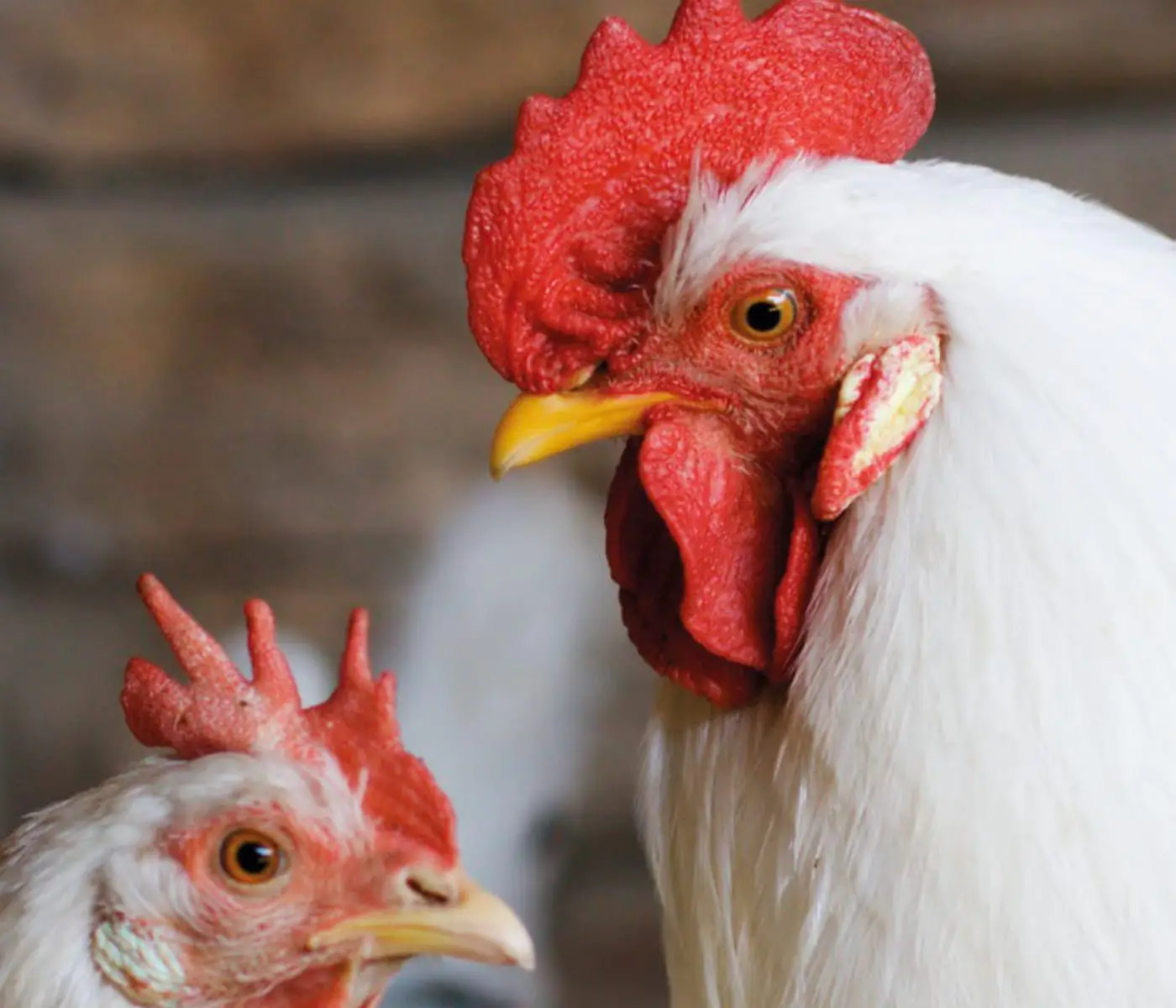
Nutritional Interventions to Improve Fertility in Male Broiler Breeders
Edgar Oviedo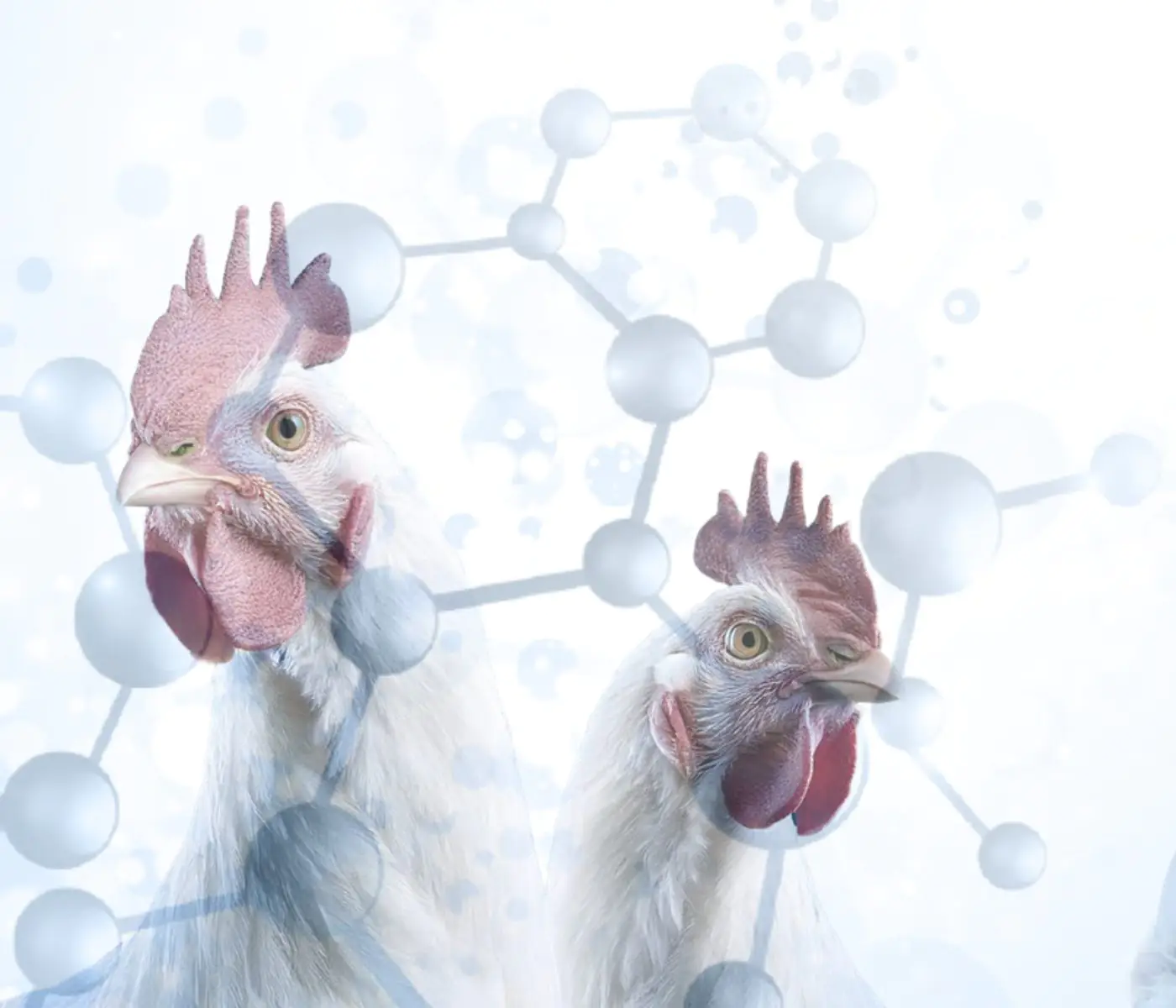
The Use of Organic Acids in Poultry: A Natural Path to Health and Productivity
M. Naeem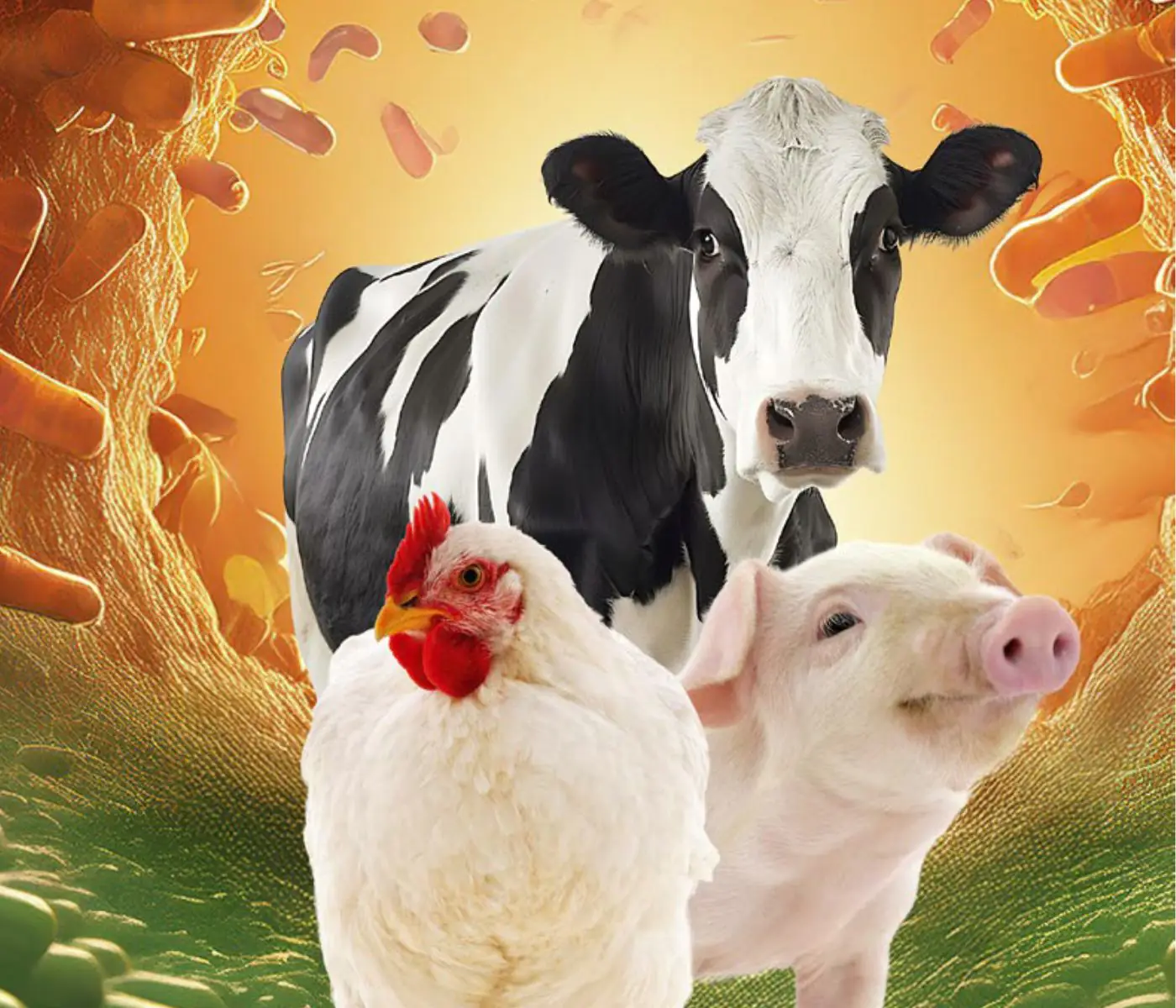
Synergistic Benefits of Prebiotics and Probiotics in Poultry, Swine, and Cattle
Gustavo Adolfo Quintana-Ospina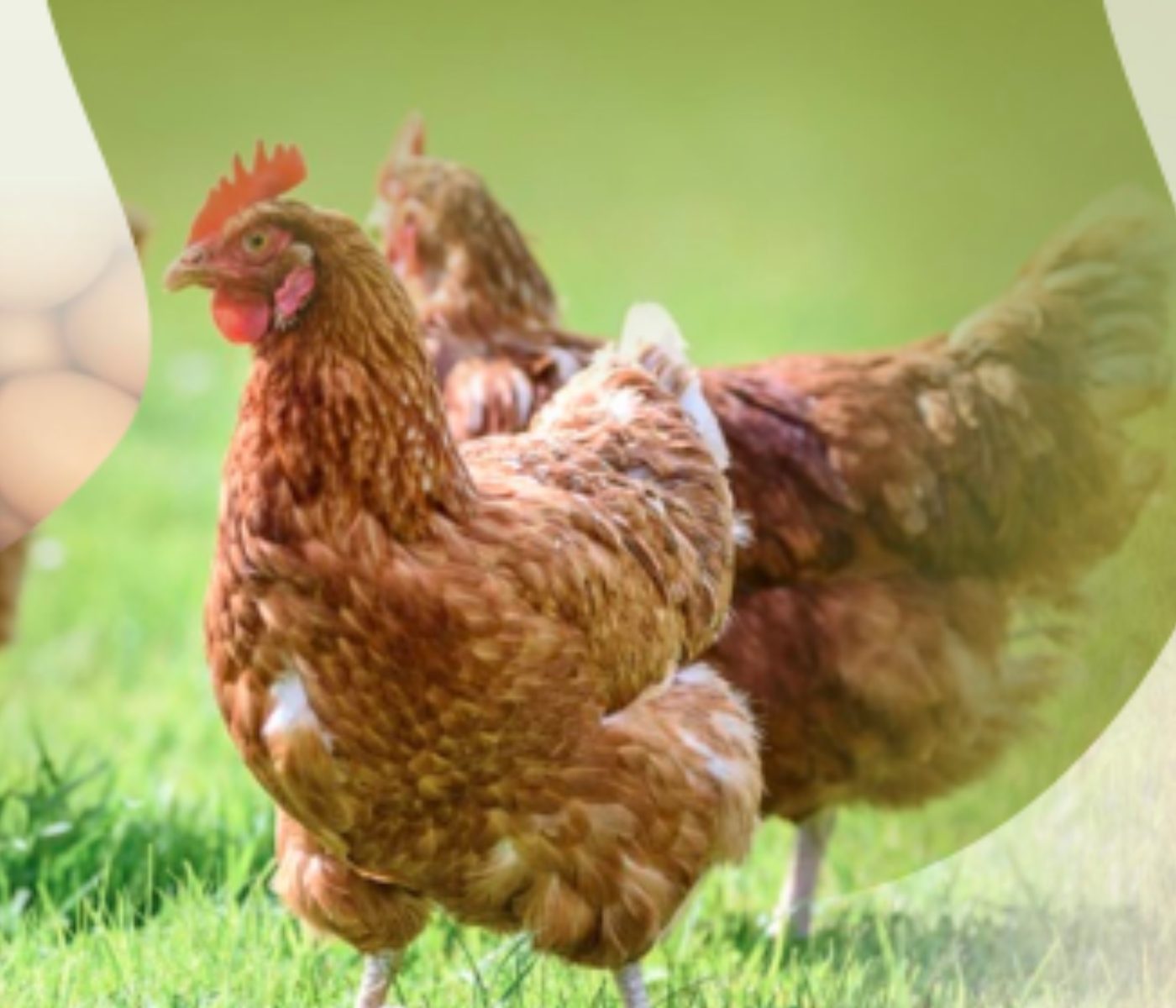
Hybrid Rye Potential in Laying Hen Feed Rations
Gwendolyn Jones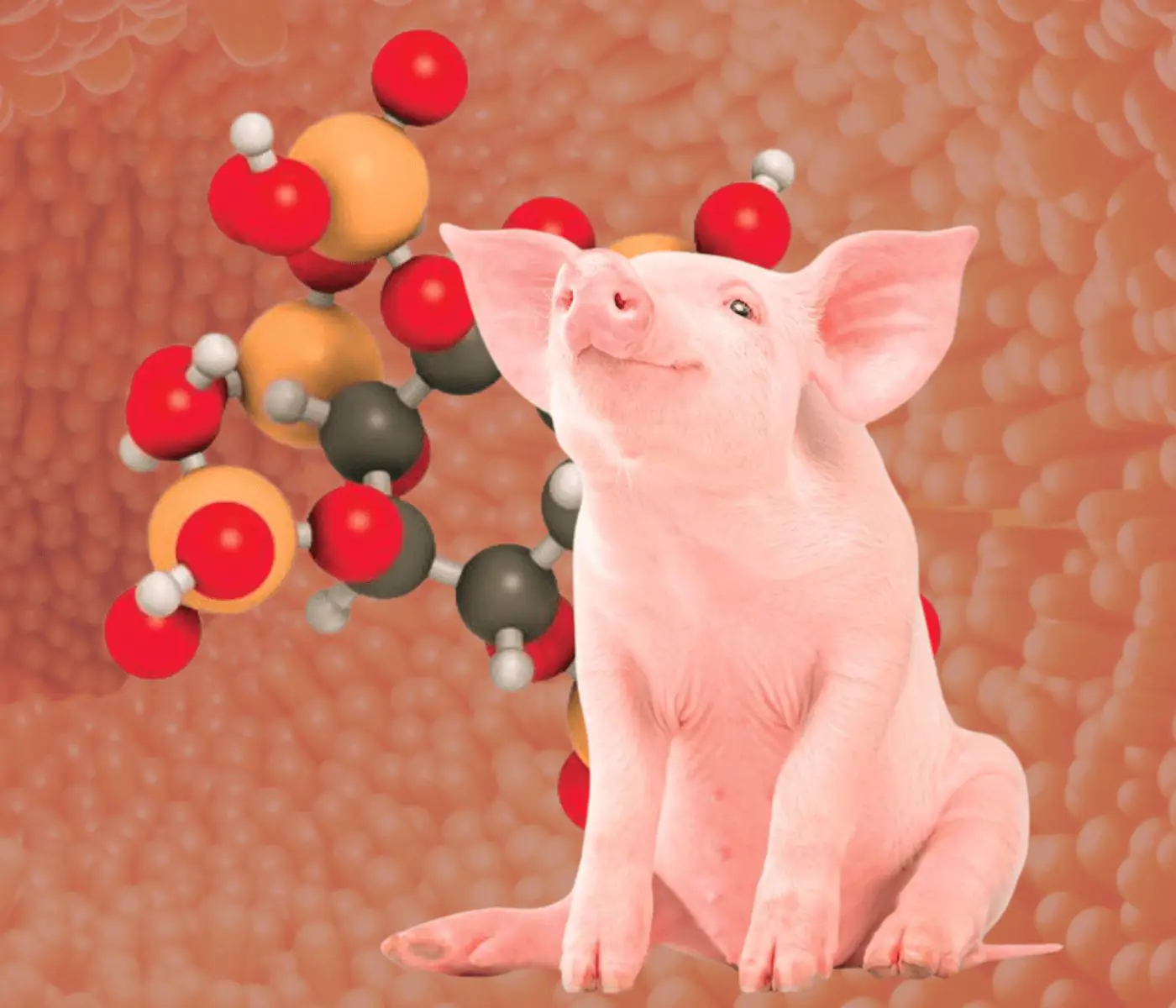
A day in the life of phosphorus in pigs: Part I
Rafael Duran Giménez-Rico
Use of enzymes in diets for ruminants
Braulio de la Calle Campos
Minerals and Hoof Health in the Pregnant Sow
Juan Gabriel Espino
Impact of Oxidized Fats on Swine Reproduction and Offspring
Maria Alejandra Perez Alvarado